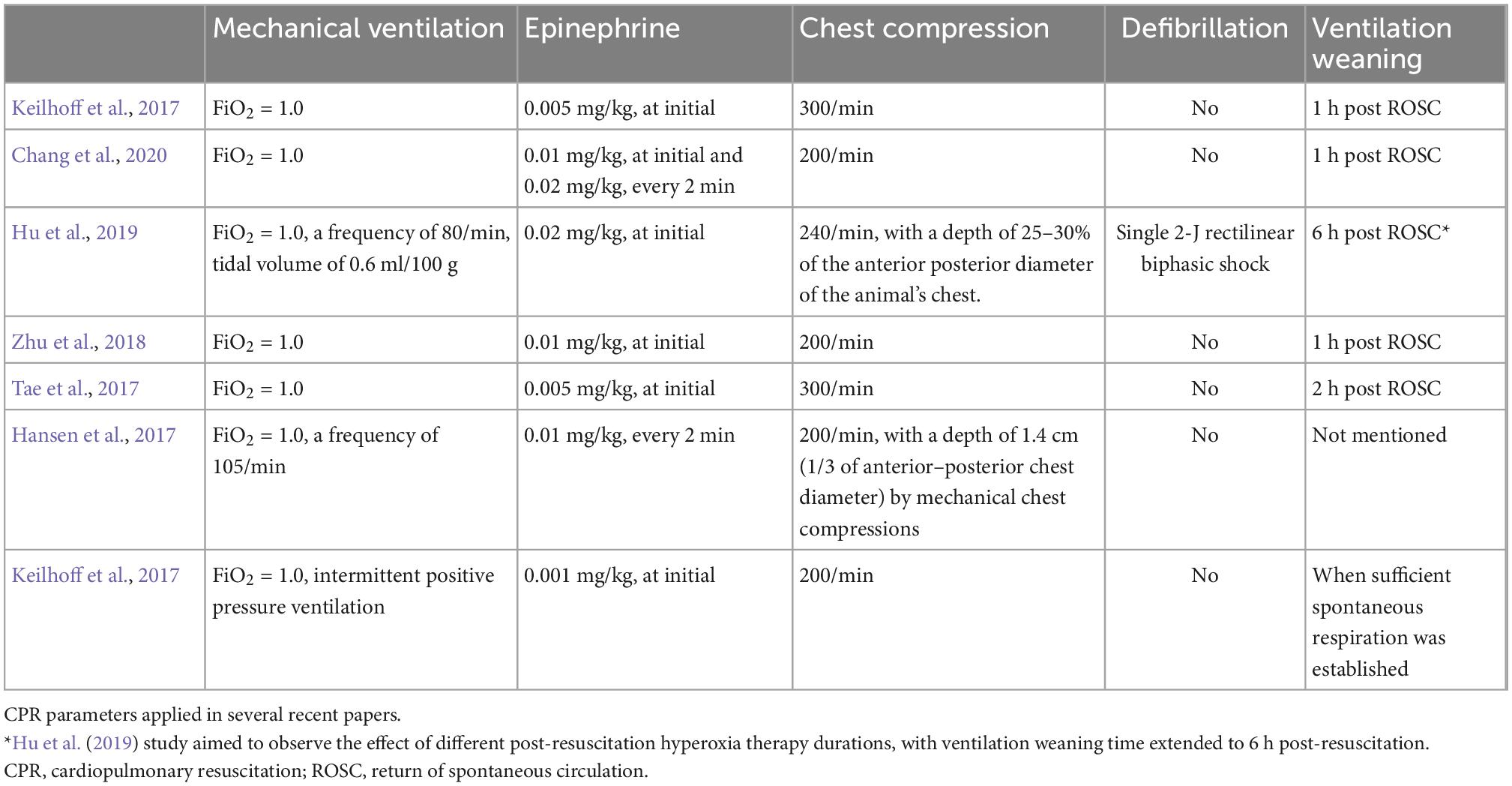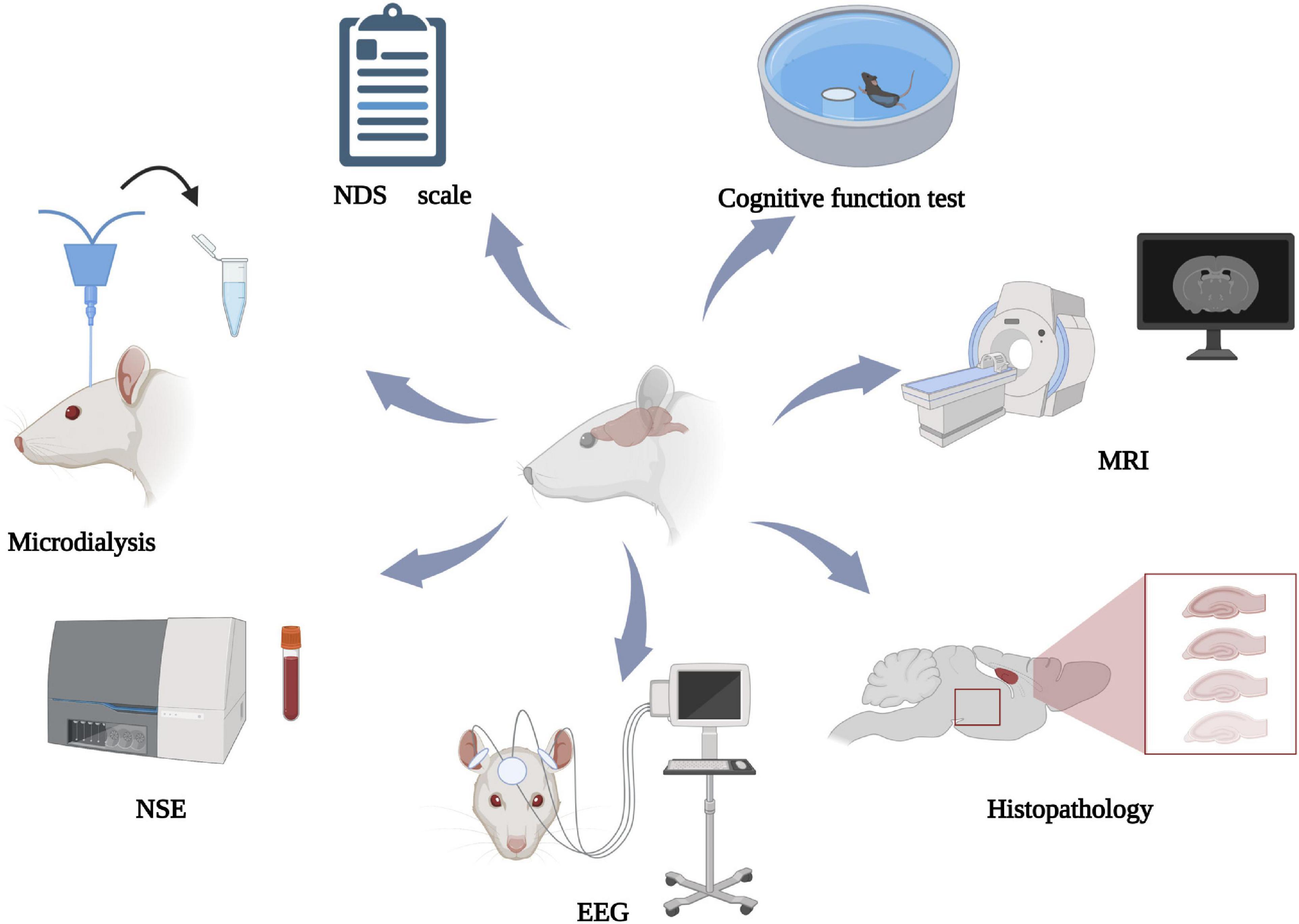Asphyxiation Cardiac Arrest - Asphyxial cardiac arrest differs significantly from dysrhythmic cardiac arrest with regard to pathophysiologic mechanisms,. Cardiac arrest as a result of asphyxia or. A complete airway obstruction results in pea and cardiac arrest within 8 minutes. The purpose of this article is to review the pathophysiologic differences between dysrhythmic and asphyxial cardiac arrest in the. Yet the pathophysiological mechanisms of this injury remain unclear. Experimental animal models are valuable for exploring the etiologies.
Experimental animal models are valuable for exploring the etiologies. A complete airway obstruction results in pea and cardiac arrest within 8 minutes. Cardiac arrest as a result of asphyxia or. The purpose of this article is to review the pathophysiologic differences between dysrhythmic and asphyxial cardiac arrest in the. Asphyxial cardiac arrest differs significantly from dysrhythmic cardiac arrest with regard to pathophysiologic mechanisms,. Yet the pathophysiological mechanisms of this injury remain unclear.
Yet the pathophysiological mechanisms of this injury remain unclear. Asphyxial cardiac arrest differs significantly from dysrhythmic cardiac arrest with regard to pathophysiologic mechanisms,. The purpose of this article is to review the pathophysiologic differences between dysrhythmic and asphyxial cardiac arrest in the. Cardiac arrest as a result of asphyxia or. A complete airway obstruction results in pea and cardiac arrest within 8 minutes. Experimental animal models are valuable for exploring the etiologies.
Asphyxiaactivated corticocardiac signaling accelerates onset of
Cardiac arrest as a result of asphyxia or. Asphyxial cardiac arrest differs significantly from dysrhythmic cardiac arrest with regard to pathophysiologic mechanisms,. Yet the pathophysiological mechanisms of this injury remain unclear. A complete airway obstruction results in pea and cardiac arrest within 8 minutes. Experimental animal models are valuable for exploring the etiologies.
Cardiac Arrest Induced by Asphyxia Versus Ventricular Fibrillation
A complete airway obstruction results in pea and cardiac arrest within 8 minutes. Yet the pathophysiological mechanisms of this injury remain unclear. Asphyxial cardiac arrest differs significantly from dysrhythmic cardiac arrest with regard to pathophysiologic mechanisms,. Cardiac arrest as a result of asphyxia or. Experimental animal models are valuable for exploring the etiologies.
Asphyxiaactivated corticocardiac signaling accelerates onset of
The purpose of this article is to review the pathophysiologic differences between dysrhythmic and asphyxial cardiac arrest in the. Experimental animal models are valuable for exploring the etiologies. Asphyxial cardiac arrest differs significantly from dysrhythmic cardiac arrest with regard to pathophysiologic mechanisms,. Cardiac arrest as a result of asphyxia or. A complete airway obstruction results in pea and cardiac arrest.
Synergistic Effects of Moderate Therapeutic Hypothermia and
Yet the pathophysiological mechanisms of this injury remain unclear. A complete airway obstruction results in pea and cardiac arrest within 8 minutes. The purpose of this article is to review the pathophysiologic differences between dysrhythmic and asphyxial cardiac arrest in the. Asphyxial cardiac arrest differs significantly from dysrhythmic cardiac arrest with regard to pathophysiologic mechanisms,. Cardiac arrest as a result.
Asphyxiaactivated corticocardiac signaling accelerates onset of
Asphyxial cardiac arrest differs significantly from dysrhythmic cardiac arrest with regard to pathophysiologic mechanisms,. Experimental animal models are valuable for exploring the etiologies. Cardiac arrest as a result of asphyxia or. The purpose of this article is to review the pathophysiologic differences between dysrhythmic and asphyxial cardiac arrest in the. A complete airway obstruction results in pea and cardiac arrest.
Frontiers Rat model of asphyxiainduced cardiac arrest and resuscitation
The purpose of this article is to review the pathophysiologic differences between dysrhythmic and asphyxial cardiac arrest in the. Yet the pathophysiological mechanisms of this injury remain unclear. Experimental animal models are valuable for exploring the etiologies. A complete airway obstruction results in pea and cardiac arrest within 8 minutes. Asphyxial cardiac arrest differs significantly from dysrhythmic cardiac arrest with.
Asphyxiaactivated corticocardiac signaling accelerates onset of
The purpose of this article is to review the pathophysiologic differences between dysrhythmic and asphyxial cardiac arrest in the. A complete airway obstruction results in pea and cardiac arrest within 8 minutes. Cardiac arrest as a result of asphyxia or. Yet the pathophysiological mechanisms of this injury remain unclear. Asphyxial cardiac arrest differs significantly from dysrhythmic cardiac arrest with regard.
Frontiers Rat model of asphyxiainduced cardiac arrest and resuscitation
Yet the pathophysiological mechanisms of this injury remain unclear. Cardiac arrest as a result of asphyxia or. A complete airway obstruction results in pea and cardiac arrest within 8 minutes. Experimental animal models are valuable for exploring the etiologies. The purpose of this article is to review the pathophysiologic differences between dysrhythmic and asphyxial cardiac arrest in the.
Asphyxiaactivated corticocardiac signaling accelerates onset of
A complete airway obstruction results in pea and cardiac arrest within 8 minutes. The purpose of this article is to review the pathophysiologic differences between dysrhythmic and asphyxial cardiac arrest in the. Cardiac arrest as a result of asphyxia or. Experimental animal models are valuable for exploring the etiologies. Yet the pathophysiological mechanisms of this injury remain unclear.
Frontiers Rat model of asphyxiainduced cardiac arrest and resuscitation
The purpose of this article is to review the pathophysiologic differences between dysrhythmic and asphyxial cardiac arrest in the. Yet the pathophysiological mechanisms of this injury remain unclear. Asphyxial cardiac arrest differs significantly from dysrhythmic cardiac arrest with regard to pathophysiologic mechanisms,. Experimental animal models are valuable for exploring the etiologies. Cardiac arrest as a result of asphyxia or.
A Complete Airway Obstruction Results In Pea And Cardiac Arrest Within 8 Minutes.
Experimental animal models are valuable for exploring the etiologies. Asphyxial cardiac arrest differs significantly from dysrhythmic cardiac arrest with regard to pathophysiologic mechanisms,. Yet the pathophysiological mechanisms of this injury remain unclear. The purpose of this article is to review the pathophysiologic differences between dysrhythmic and asphyxial cardiac arrest in the.









